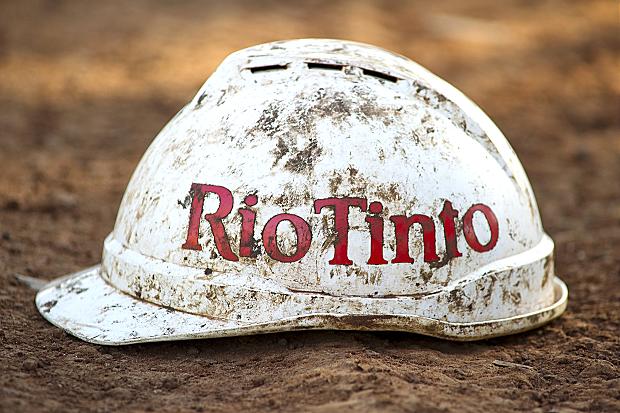Can these 3 mining stocks outperform the FTSE 100?

Robert Stephens, CFA, discusses the prospects for FTSE 100 mining companies after their recent share price rises.
Following their sharp declines during the 2020 market crash, FTSE 100 mining stocks Rio Tinto (LON:RIO), Glencore (LON:GLEN) and BHP (LON:BHP) have surged higher. They have risen by 40%, 15% and 20% respectively in the past year, which comprehensively beats the index’s 10% slump. That’s in spite of major economic disruption that could compromise their financial prospects in the short run.
In my opinion, their strategies, financial positions and an improving global economic outlook could mean there is more growth ahead.
The world economy’s prospects
When it comes to their viewpoints about FTSE 100 mining companies, investors seem to be looking ahead instead of considering the present. The world economy’s growth rate was estimated to be around minus 4.4% in 2020, according to the IMF. Currently, restrictions across many industries in the developed and developing world may inhibit growth in the short run.
Weaker economic growth has generally been received negatively by investors in the mining sector in the past. Slow growth has often coincided with lower demand for a range of commodities. However, the rollout of vaccines and a planned return to global GDP growth in excess of 5% in 2021 and greater than 4% in 2022 has been a key catalyst for the sector’s relatively strong share price performance.
Valuations and performance
Despite their share price growth, the valuations of FTSE 100 mining companies seems to be fair. For instance, BHP has a price-earnings ratio of 16. It recently reported a resilient operational update for the first half of the year, with its development projects progressing as planned and operating costs in line with expectations. Its leverage is towards the lower end of its target range, while the firm’s diverse range of operations may provide a degree of stability versus sector peers during an uncertain economic period.
Rio Tinto has a price-earnings ratio of around 13 after its share price rise. Its dependence on iron ore (which contributes more than three-quarters of its profit) means it lacks the diversity of some sector peers. However, its first-half performance was relatively resilient. The firm has maintained its $20 billion capital expenditure guidance over the three financial years to 2022. Its solid balance sheet should mean it can overcome short-term threats to the global economy.
Glencore recorded a 34% decline in adjusted operating profit in its latest half-year results due in part to lower commodity prices. Despite this, it is making progress in shifting resources towards low-carbon assets as part of a greener investment strategy under a soon-to-be-revised management team. It is also seeking to reduce debt levels in lieu of paying dividends. Its Marketing division could provide a growth catalyst after a record six months.
Threats to growth
Although FTSE 100 mining shares have performed extremely well of late, their future prospects are very dependent on the world economy’s performance. In turn, global GDP is likely to be heavily affected by the path taken by Covid-19.
However, on a long-term outlook, their strategies, financial situations and a likely return to growth for the world economy could mean further FTSE 100 outperformance is ahead.
Comments (0)